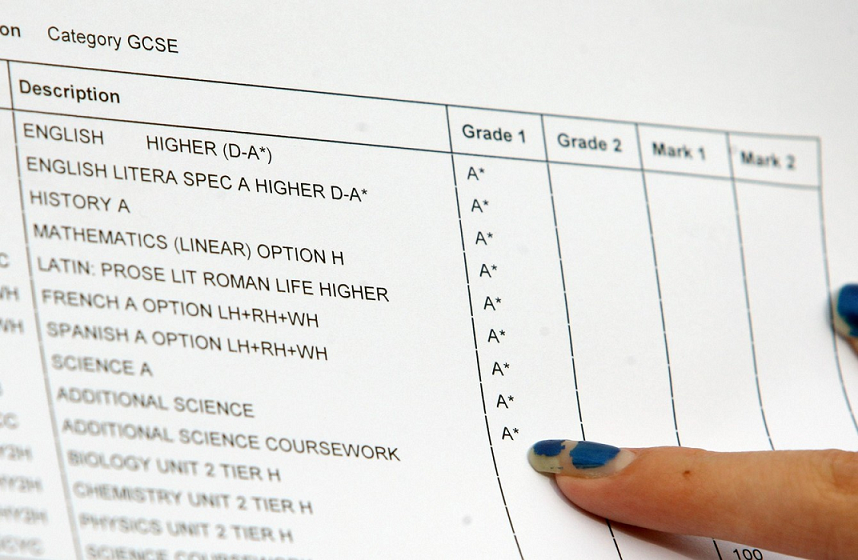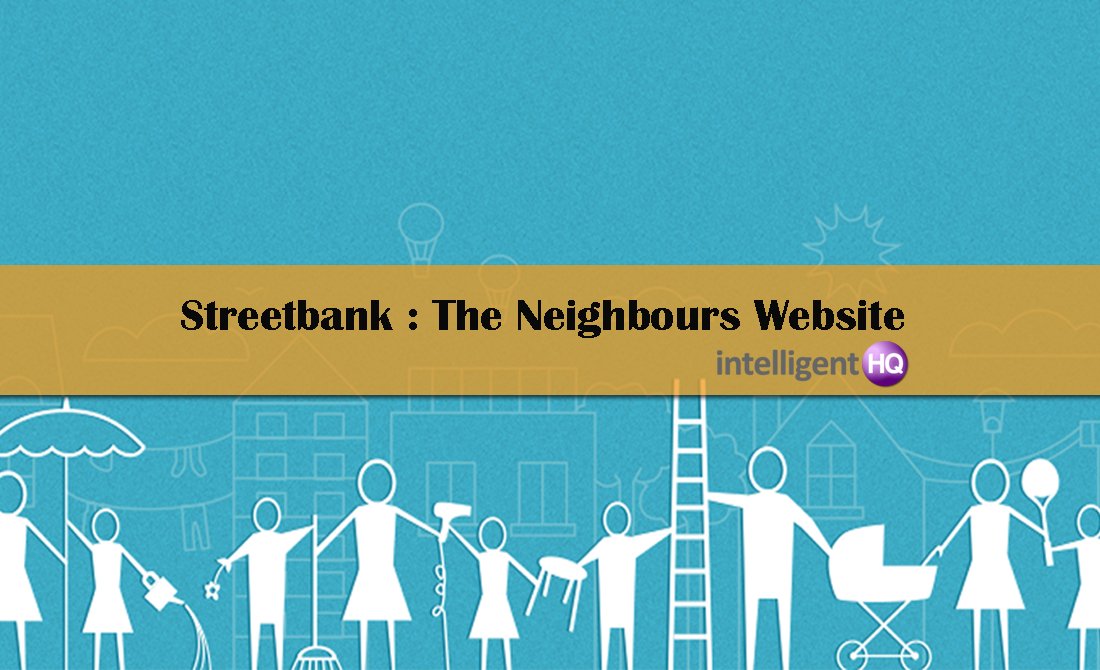
This year’s GCSE and A Level results day was a hard pill to swallow for many, but how will this have a greater impact on children’s futures than we might first think? Take a look…
COVID-19 has had a huge impact on all of us, but has arguably had the biggest effect on today’s young people. Not only has the education system had to adapt to fit new social distancing rules, 2020 results day came as a real shock to many.
For students who felt as though their futures were thwarted by the recent results controversy, some sought help from experts in education law. That said, for most students in this position, seeking legal intervention was not on the cards. Simply making the best of it all, and working hard to keep their future bright, was on most children’s minds.
So, with this in mind, what exactly was the results “scandal”, and will it impact the future of our young people? Let’s take a look…
How Were Results to be Calculated?
Prior to results day this year, children and families were kept updated on how GCSE and A-level results would be calculated. Across the UK and Norther Ireland, it was clear that they would be assessed based on an algorithm taking into consideration the following factors:
- England: coursework, essays, mocks and homework were all used to assess the grades. What’s more, teachers were instructed to order children within each predicted grade band as to how well they thought they’d do. Extra exams were also made available in autumn 2020.
- Scotland: grades were estimated by teachers and listed in their grade bands as well. Coursework that had already been sat by pupils was not to count towards the results.
- Wales: teachers estimated their pupil’s grades, but no autumn exam was to be made available.
- Northern Ireland: grades would be awarded from a mixture of prior achievements and predicted grades.
The grades would essentially be based on Ofqual’s assessments of teachers’ predictions and the ordered lists the teachers provided.
How Were Results Actually Calculated?
In the end, not all results were calculated as described above. So, in reality, how were A levels and GCSEs really calculated?
A Level Results
The A-Level results were the first batch to be released during August 2020. However, after the use of the controversial algorithm, this saw hopeful teenagers receive grades they simply weren’t expecting.
In England, 36 percent of students ended up with a lower grade than their teachers predicted. For three percent of students, they were downgraded by two brackets! To put this into perspective, this may have left hopeful A-graders with Cs and hopeful C-graders with Es.
Clearly, this is not representative of the hard work that students put in for their final grades. Because of this, schools and colleges called for a review, and also asked that any fees for appeals be waived.
Boris Johnson argued that the grades were higher than ever before, showing that the system truly gave children the best opportunities possible. This declaration, however, failed to see past the average picture, which saw many high achievers receiving much lower grades than expected.
The reality was that a large number of colleges had over half of their students receive downwards following moderation. Overall, 39.1 percent of students ended up receiving lower grades than predicted. Because of this, Ofqual and the Secretary of State for Education agreed that grades would be reissued using teacher predictions, inflating the grades by around 10 percent, in the end.
GCSE Results
Because of the controversy caused by the algorithm, GCSE results day a week or so after A-level results was a different story. The algorithm was entirely scrapped and instead, GCSE students were awarded the highest result out of their teacher’s predictions or the algorithm.
Overall, this meant GCSE results went up sharply, with 78.8 percent of students receiving a grade 4 or above compared to 69.9 percent last year. A similar jump occurred for those receiving grade 7 or above.
Were GCSE and A Level Results Calculations Fair?
As the system generally stands, children take mock examinations in December and January. These grades are then to be taken into consideration if any unforeseen circumstances mean the child cannot take the final examination.
In general, this system is flawed considering most children will do remarkably better in their final exam than their mocks. Those final months of preparation and learning before the summer examination are instrumental in shaping the final grade.
So, on finding out that children would then receive a final grade based off of this, as well as school averages and teacher predictions was shocking. It resulted in public outcry, leaving the government with a problem on their hands.
Although the algorithm was designed to be fair, it left those from a lower socio-economic background at a disadvantage. Even despite the changes in results calculations after the controversial algorithm was revoked, it has still left some kids at a loss. For others, however, it has put them at an undeserved advantage.
The Class Divide
It’s very clear to see that there was a major disparity between classes when it came to results day. For those within top-rated A to A* schools, there was an average grade improvement of 4.7 percent, but for those in comprehensive schools and colleges, only an improvement of 0.3 percent was recorded.
This calculation absolutely devastated children from low-performing schools who may have been expected to achieve higher than their school’s average. Alternatively, it meant that low-performing students in top-rated schools may be unfairly rewarded higher grades, simply due to their schools’ status.
This clearly left children from a higher class at an advantage; they may be a low-performer at a high-performing school rewarded higher grades than expected. The opposite goes for those from lower class backgrounds.
To top it off, a resit costs a student £100 per examination. This poses a financial barrier to anyone from a low socio-economic background who had worked hard to achieve higher grades. So, for those who wish to change their futures, they are restricted by their family’s monetary situation.
Ultimately, it’s a really tricky situation, and there’s no right or wrong way to deal with it. The main problem is that kids who want to change their futures are unable to if they don’t have the money. This is where the main problem really lies.
How Will This Impact Children’s Futures?
Although there were a record number of students this year ending up with their first university choice, the same couldn’t be said for everyone. For many children, they were left with grades that no university would accept, putting them at a real disadvantage for the future.
Many have been left unable to prove what they were really capable of, with all their future hopes pinned on predictions by teachers. Because of this, they may be unable to attend university at all, even next year.
Ultimately, we cannot know the true impact this will have on the future of our children. In the immediate sense, many may have to retake their A-Level years, and others may have to head into the working world without the degree they were aiming to achieve. Others may head to universities they were hoping to go to, but are now facing a world of virtual teaching they’re unprepared for.
No matter the situation, it’s clear to see that every child’s future has been impacted in one way or another this year. Virtual learning, time off school, and dodgy examination results, amongst other issues, will surely pervade for a long time. Only time will tell how fundamental this impact will be on the education of our young people.

Founder Dinis Guarda
IntelligentHQ Your New Business Network.
IntelligentHQ is a Business network and an expert source for finance, capital markets and intelligence for thousands of global business professionals, startups, and companies.
We exist at the point of intersection between technology, social media, finance and innovation.
IntelligentHQ leverages innovation and scale of social digital technology, analytics, news, and distribution to create an unparalleled, full digital medium and social business networks spectrum.
IntelligentHQ is working hard, to become a trusted, and indispensable source of business news and analytics, within financial services and its associated supply chains and ecosystems































